The Roman Colosseum is one of the most recognized landmarks in the world. During its heyday, the Colosseum was home to some of the most brutal fights that have ever taken place for sport — the Gladiator Games. While the Colosseum and the gladiators who fought there are known worldwide, many things about them aren’t, and even more have been misconstrued over the years.
Some common questions include: Did gladiators always fight to the death? The thumbs down meant to kill the other gladiator, right? Were there ever any women who fought in the Colosseum? Were all the gladiators slaves that were forced to fight against their will?
You’ll get all those questions and more answered as you read. So let’s look at where and why the gladiators fought and then get into the facts and secrets about Colosseum gladiators that you might not know.
Where Did the Gladiators Fight?
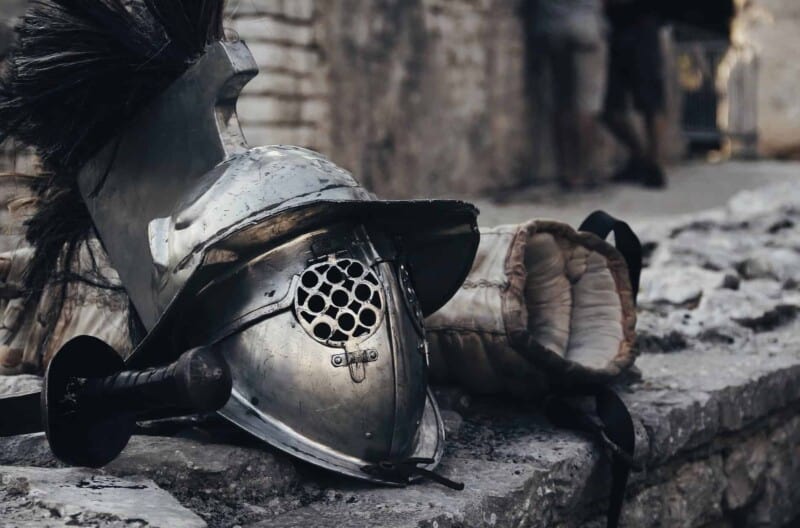
The most famous arena in Roman history (and even world history) for gladiators to fight one another was undoubtedly the Roman Colosseum. The arena was built to bring people together for spectacles of games and gore, and it delivered in every way possible. However, the Roman Colosseum is not the only place where gladiators fought in the region’s early days.
In fact, by the time the impressive arena was constructed in 80 AD, gladiator fights had already been going on for hundreds of years. As you’ll soon learn, gladiator fights were created as funeral rituals to honor someone of high nobility or royalty who recently passed. These fights would then happen wherever the funeral occurred, not just in an impressive arena.
As the fights began to evolve, so did the locations where the gladiators would go into battle. During his heyday as Rome’s ruler, Julius Caesar pushed for gladiator fights to become more and more common. And since the Colosseum was not built during his lifetime, the fighters would be forced to fight one another at ad-hoc arenas all around the city. But once the Colosseum was finally finished, there was no better place to hold the games. And the rest is history.
These are some incredible facts that you need to know about the gladiators in the Colosseum:
| Fact | Description |
|---|---|
| Social Status | Many gladiators were slaves, prisoners of war, or condemned criminals who were forced into the deadly profession. |
| Training Regime | Gladiators underwent intense training at special schools (ludi) where they learned combat techniques, diet, and discipline. |
| Popularity | Gladiatorial games were extremely popular events, drawing massive crowds to the Colosseum. |
| Death Toll | Up to a third of gladiators died in each gladiatorial game, making it an incredibly dangerous profession. |
| Weaponry | Gladiators used various weapons like swords, tridents, nets, and more, each with specific fighting styles. |
| Celebrity Status | Successful gladiators became celebrities with devoted fan followings and lucrative careers. |
| Retirement | Some gladiators could earn their freedom after years of successful performance. |
Why Did Gladiators Fight?
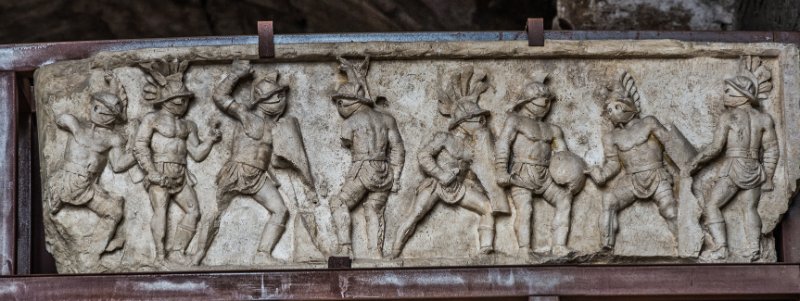
Now you know where the gladiators fought, but the more interesting question might be why they fought. After all, many gladiatorial bouts would often end in death. Even if there wasn’t a death, they would always end in some sort of severe injury or dismemberment. So, who in their right mind would want to participate in something like that? Well, the answer is they typically didn’t have a choice.
Most gladiators, even the most famous ones in Roman history, were slaves forced to train as skilled fighters and participate in the games. With the promise of their freedom as a common incentive for the slaves to fight for, many gave it everything they had for a chance at tasting the free world again. But most never got that chance.
But as you’ll soon learn, it wasn’t only slaves that fought. Some men began signing up for gladiator school voluntarily for a chance to become a skilled fighter and earning fame and fortune. These are the two most common reasons gladiators fought but were usually forced to. And if they’re put in an arena and told that only one would survive, they’d usually put on a good show.
Colosseum Gladiator Facts

Now that you have a brief introduction to where and why the gladiators fought let’s get into more detail about Rome’s gladiators. Here are interesting facts about the Colosseum gladiators.
Gladiators Didn’t Always Fight to the Death
The most common misconception about gladiatorial bouts is that they were actually fought to the death. But that isn’t true. As most gladiators were slaves who brought in lots of money for their owners, it was better for them to stay alive.
According to historians, gladiators fought an average of ten fights before they were killed. This led to gladiators’ incredibly low life expectancy, being just in their mid-twenties. So, even though they weren’t always deathmatches, they often ended up that way.
Women Also Fought in the Colosseum
When you think about Roman gladiators, you probably think of men with swords and shields fighting each other until only one stands. And while that was the case most of the time, some females participated.
Since female slaves existed during these times, it makes sense that they would be forced to fight one another just like the men. Although far less common, seeing women fight one another was still a popular sight.
Gladiators Did Not Fight Animals Commonly
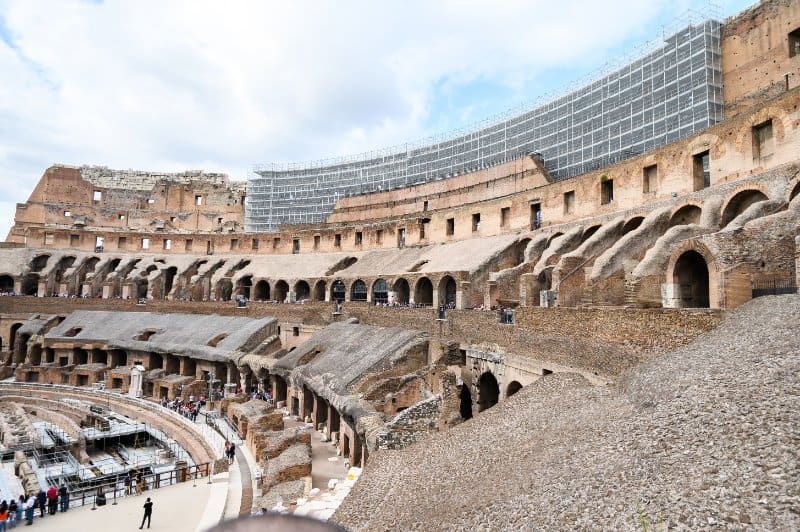
Although many movies have taken the liberty with distorting the history of gladiatorial fights, they weren’t always like what is portrayed by Hollywood. One such example is the gladiators fighting animals like lions and tigers.
This was uncommon in the Colosseum, especially in the early days. As time went on, however, people began to tire of the same old thing, and every once in a while, a gladiator would be forced to fight one of these beasts just to keep the crowd invigorated.
Gladiators Were Famous
Gladiators of the Roman Colosseum were actual celebrities during their time in the arena. Although many started as slaves, they were paid handsomely for their wins, especially if they got the crowd on their side for whatever reason.
With the Colosseum filling up repeatedly with fans every time the fights were hosted, it’s easy to see why the gladiators became so famous. It’s like athletes today, drawing attention from crowded arenas cheering them on.
The Fights Actually Started as Funeral Rituals
Historical records uncovered from ancient times indicate that gladiator fights actually began as part of funeral rituals, not just games of entertainment and profit. Roman nobles and royalty would force slaves to fight one another to honor the passing of their family members.
But over the years, as the entertainment value of the fights became more and more realized and slave owners started to see how much they could make, the fights evolved into games rather than funeral rituals.
Slaves Were Not the Only Gladiators
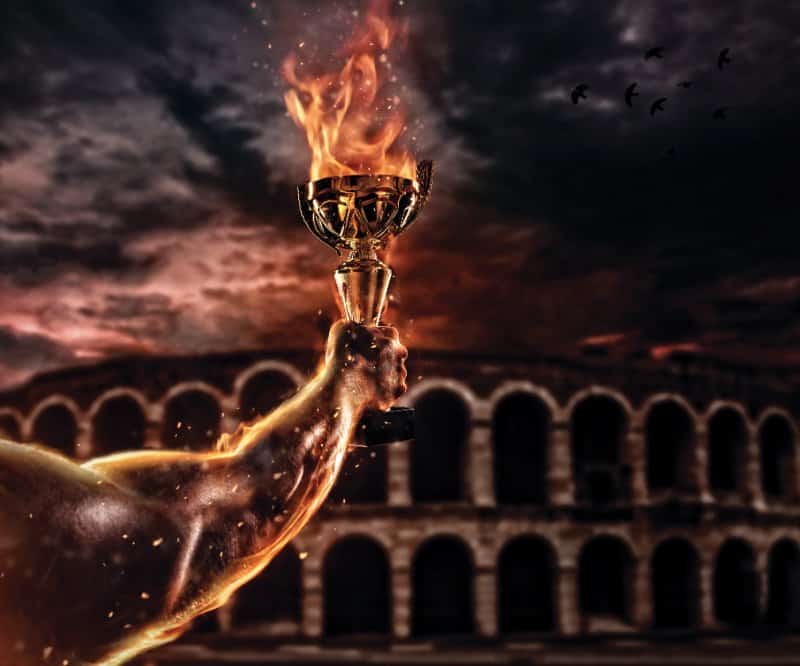
For the vast majority of gladiatorial fighters, the fact is that they were slaves. But that isn’t the case for all gladiators. Everyone who fought in the gladiatorial games was not brought to the arena in chains and forced to fight to the death.
Due to the possibility of becoming rich and famous as a gladiator, free men around Rome began voluntarily attending gladiator schools for the chance. It may seem crazy to think about volunteering for this, but they were celebrities.
Gladiators Were Separated Based on Skill and Style
Although the gladiator games were incredibly brutal, and it may seem like pure chaos, that wasn’t the case. Fighters were actually separated into different classes based on their skill and style of fight.
After all, the point of the fights was to entertain the crowd and draw as many cheers and as much attention as possible. It made sense for the gladiators to be much more closely matched and, therefore, more entertaining.
Spartacus Did Not Fight in the Colosseum
While he is one of the most famous gladiators of all time, celebrated in many movies and even his own multi-season television series, Spartacus did not fight in the Colosseum. Although it’s the most popular host of the gladiator games, he died almost 100 years before construction.
Just another aspect of history that movies and television shows inflated, but who would’ve thought he never stepped foot in the Colosseum?
Thumbs Down Did Not Always Result in Death
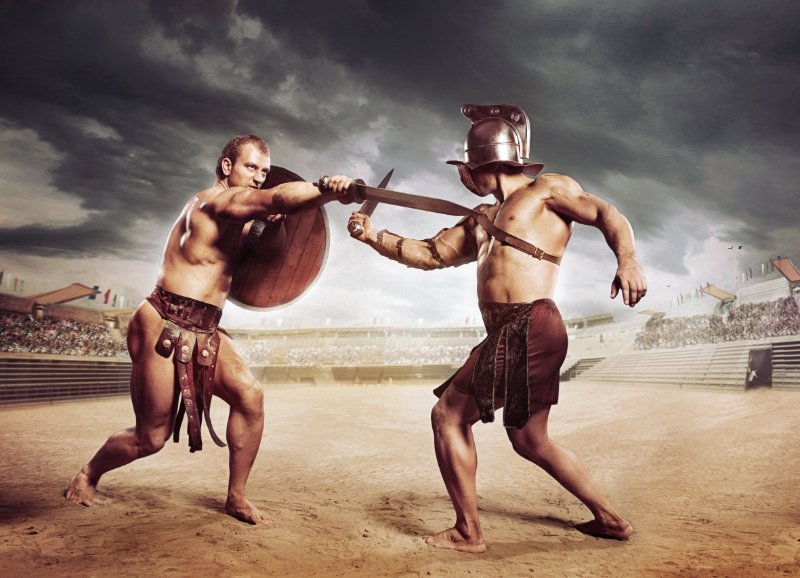
Another aspect of the gladiatorial fights that Hollywood has run with is the thumbs down gesture. In movies and TV shows, a thumbs down — typically from the emperor — would mean to kill the gladiator who lost.
But in reality, it is believed to have had the opposite meaning. If given a thumbs down, it was expected to show mercy and let the other gladiator live. A thumbs-up would typically mean show no mercy and kill the fallen fighter.
Most Gladiator Fights Were Officiated
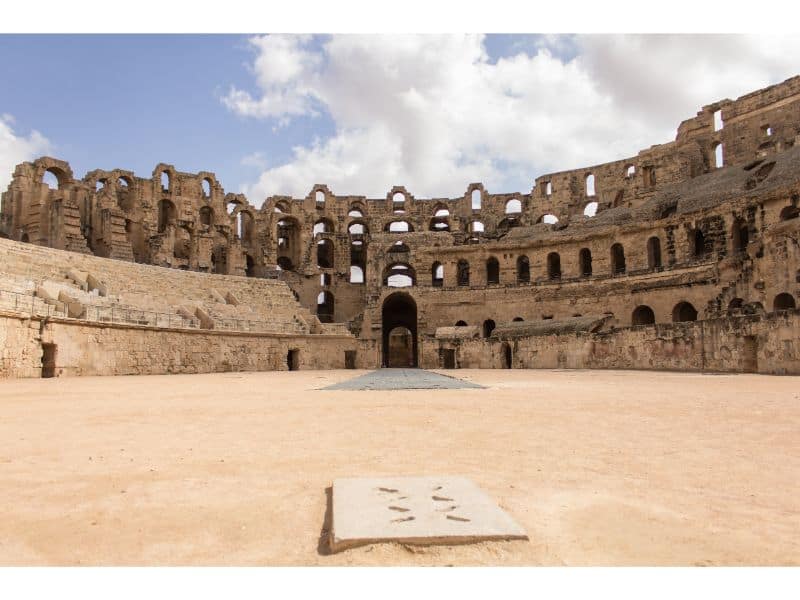
One thing that most people would not even have ever considered as a possibility is that the fights were often officiated, especially if it was a big fight. The referees in the arena would sometimes check on the fighters and even separate them.
And as mentioned above, they did not always end in death. But the driving force behind that was often the referee. As two gladiators are going at it full of adrenaline, they may not realize they should’ve stopped before killing the other. A referee could stop the fight if one was seriously injured before seeing how the emperor wanted to handle the result (death or mercy).
Gladiatorial Games Didn’t Happen Every Weekend
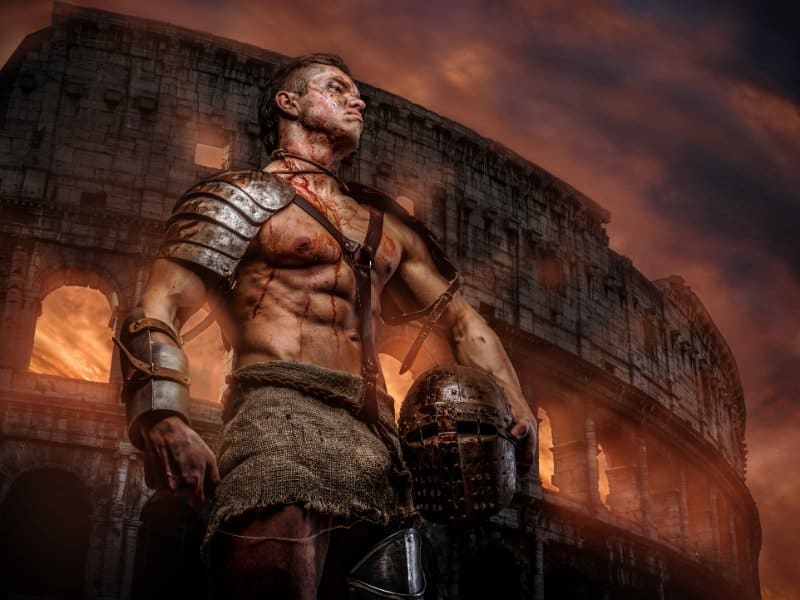
Lastly, it is sometimes believed that the gladiatorial games happened all the time, and the citizens of Rome would just mosey on down to the Colosseum every Sunday to check out this week’s fights. But that just wasn’t the case.
Fights took days, weeks, and even months to get set up and advertised enough. After all, it was all about entertainment and profit. So if they could spend a few weeks hyping up the next round of fights and bring as many people in as possible, they would!
Related Resources

0 Comment